

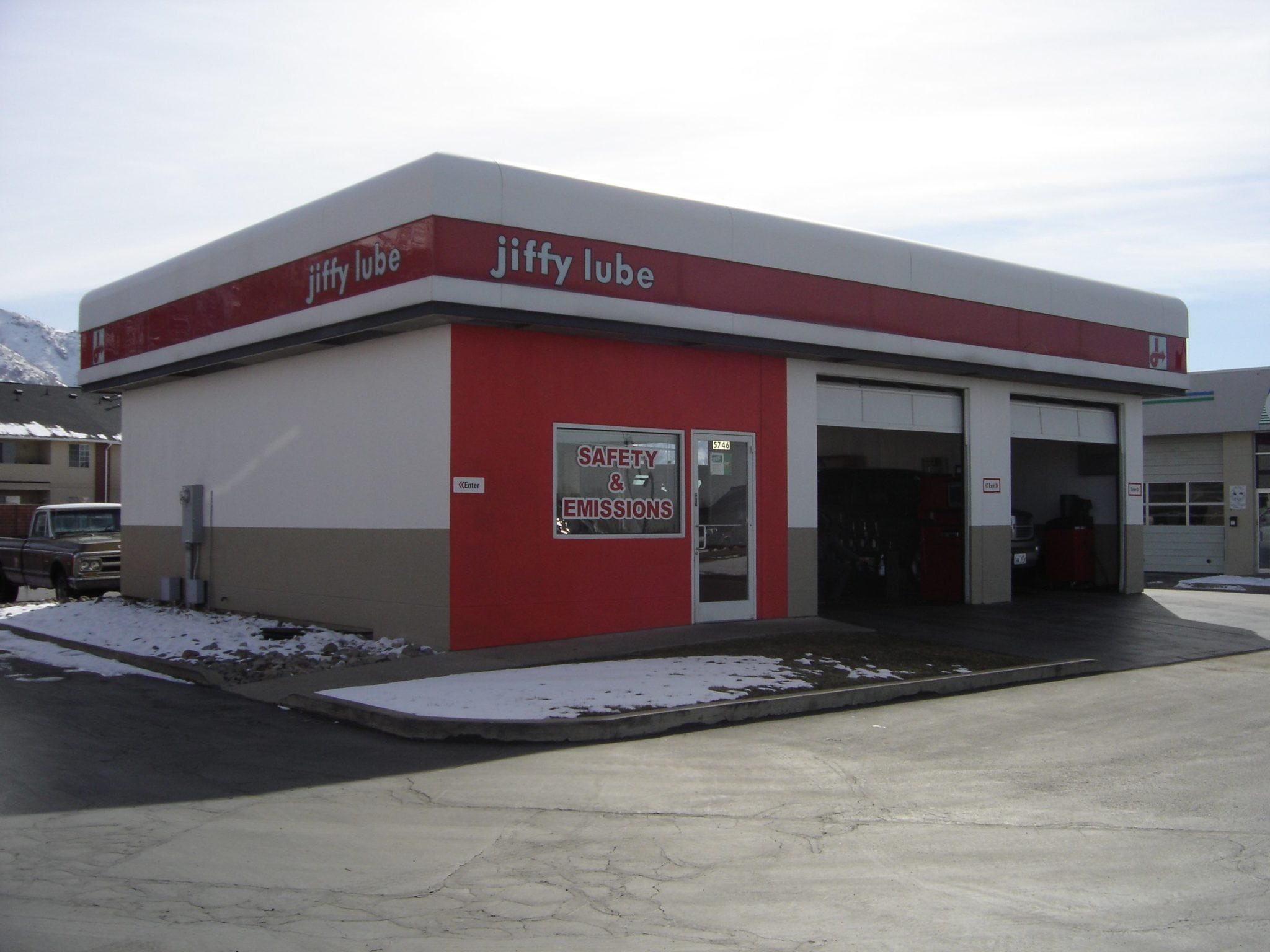
We are pleased to announce the recent sale of the Jiffy Lube Single-Tenant Investment located in South Ogden, Utah. The property was a single-tenant, NNN leased, property with a 15 year lease to Jiffy Lube. It was purchased via a 1031 exchange by a local investor. Please contact me if you are interested in single-tenant investment, NNN leased deals as they come available or if you would like more detail on this sale.
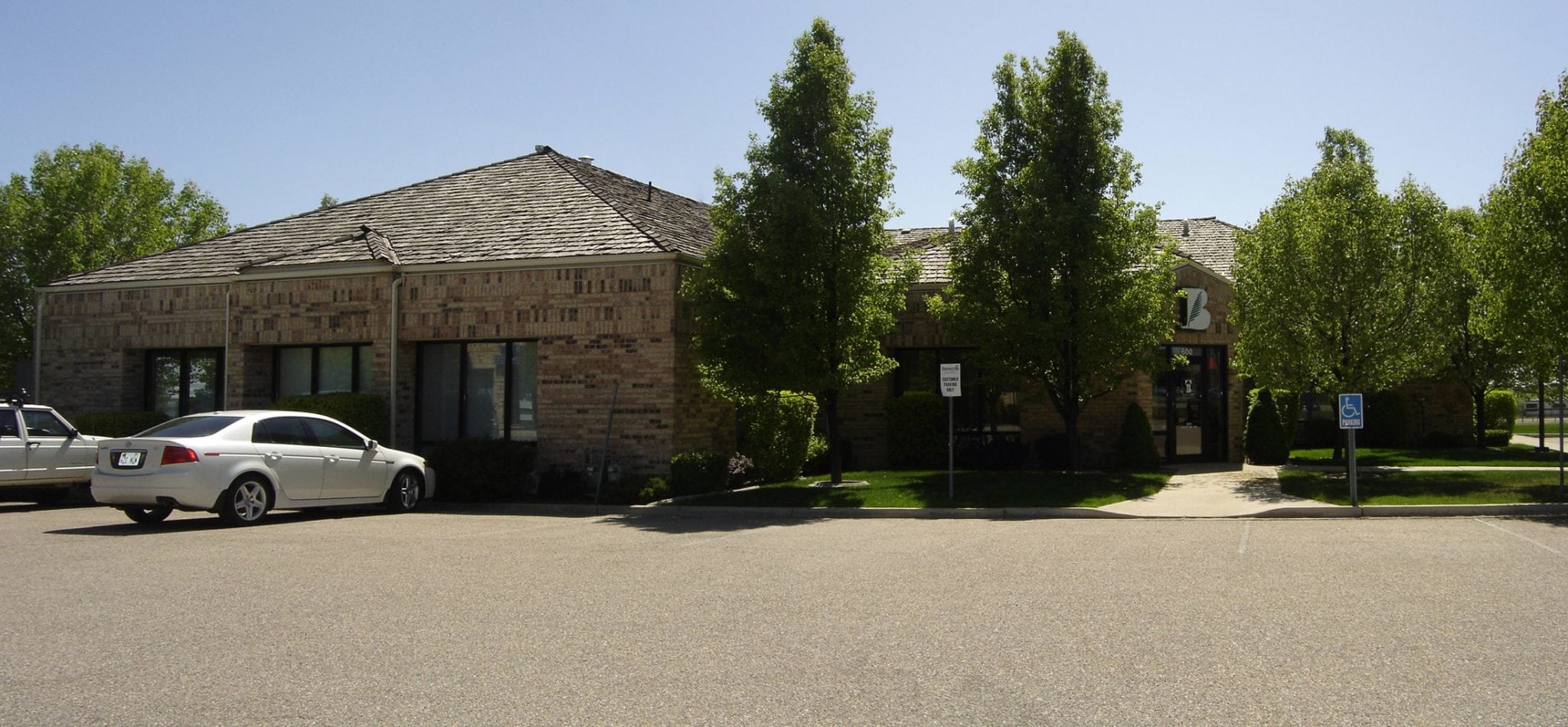
We are pleased to announce the recent sale of the Bonneville Title Office Building located in Layton, Utah. The sale consisted of a 7,000-square foot office building located on I-15 in Layton leased to a single tenant, Bonneville-Superior Title. The property sold to a local investor completing a 1031 exchange. Please contact me if you are interested in single-tenant investment sales as they come available or if you would like more detail on this sale.
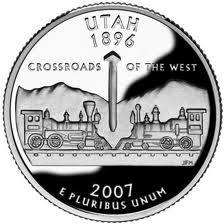
Morgan Brennan at Forbes Magazine wrote an article a few weeks ago on the fastest growing cities in the United States. Salt Lake City ranked as the 5th Fastest Growing City. Statistics such as a 3% job growth rate and 4.8% unemployment in 2012 helped to spur that designation. Additionally, Utah was ranked by the same publication as the “Best State for Business & Careers” and had the 5th highest rate of population growth in the country. A link to the full article is below along with a full text version of the article following that.
http://www.forbes.com/sites/morganbrennan/2013/01/23/americas-fastest-growing-cities/
Text Version:
“When Chuck Gordon and Mario Feghali started Sparefoot, the 25-year-old entrepreneurs relocated to Austin, Texas, from Los Angeles, having received seed money from local tech incubator Capital Factory. Four years later, the self storage “marketplace” startup has blossomed into a 60-person company with plans to expand its presence in the state capital. The company is currently tacking on additional office space (that’s likely to include a firehouse-style pole between floors) in its downtown building.
“It makes so much sense to be here. For starters, there is a ton of bright talent to recruit from,” says Rachel Greenfield, Sparefoot’s marketing manager. “Austin in general is a very relaxed place full of smart people who work their tails off…we’re keeping our culture intact as we scale, just like Austin is.”
Thanks to the 51,000-student University of Texas at Austin, a bevy of Silicon Hills startups like Sparefoot.com, and the presence of mega corporations like Whole Foods and Dell (in nearby Round Rock), the Lone Star State’s capital is an economic powerhouse. With an estimated annual population growth rate of 3% for 2012 and 2013, a 3% rate of job growth in 2012, 4.9% unemployment, and an economy that expanded 6.3% last year, Austin takes the top spot on Forbes’ annual list of America’s Fastest Growing Cities for the third year in a row.
Behind the Numbers
We started with the 100 most populous Metropolitan Statistical Areas (MSAs), which are cities and their surrounding suburbs, as defined by the U.S. Office of Management and Budget. We rated these geographic areas based on six metrics. Using data from Moody’s Analytics, we assessed the estimated rate of population growth for 2012 and 2013, the rate of job growth in 2012, and the rate of gross metro product growth, or economic growth, for 2012. We also factored in federal unemployment data and median salaries for local college-educated workers, courtesy of Payscale.com. The result is a list of the 20 fastest growing metro areas in America in terms of population and economy.
Perhaps not surprisingly, cities in Texas — which welcomed more than 427,000 newcomers from August 2011 to July 2012, according to the U.S. Census Bureau — dominated our list. Houston ranked second, behind Austin, followed by Dallas in third place and San Antonio in ninth. Robust labor markets, unemployment rates under 6% (well below the national average),no state income tax, a business-friendly regulatory environment, and strong population inflows all contributed to Texas towns’ high rankings.
Fourth on our list is the boomtown of Raleigh, N.C. Situated between Raleigh and nearby Durham is the Research Triangle Park, where more than 170 companies have outposts, including major corporations like EMC, Cisco and First Citizens National Bank. Raleigh is also home to a multitude of universities and colleges, helping create a highly educated population: Roughly 50% residents ages 25 and older have college degrees. Over the past two decades ending in 2010, the Raleigh area’s population and jobs market grew at some of the highest rates in the U.S. The population is currently expanding at a rate of more than 3% annually and job growth was 2.3% in 2012. “We have been able to grow the worker pool by attracting a good deal of the graduates from the local colleges with a great quality of life at an affordable price. In turn, it’s attracted companies in search of talent,” explains Harvey Schmitt, chief executive of the Greater Raleigh Chamber of Commerce. “Our employment numbers now exceed those at the beginning of the recession.”
Salt Lake City ranks fifth, thanks in large part to a strong jobs market. The so-called “Crossroads of the West” posted nearly 3% job growth last year on top of a tiny 4.8% unemployment rate. “Salt Lake City serves as a commercial and financial hub regionally and it has a well-developed insurance-financial sector,” notes Pam Perlich, a senior research economist at the University of Utah who specializes in city and metropolitan planning. “The economy has become very diversified.” She points to a blossoming technology presence, growth in biomedical and genetic research, and a steady energy and mining sector. Several major transportation projects like a new light rail system have helped lure new businesses and residents to the area as well.
The presence of corporations and the promise of employment have spurred Americans to relocate to the intermountain hub: “People have continued moving here even as we have lost jobs during the last three downturns in economic cycles, so our migration patterns have come to resemble larger metro areas and you see that in the increased number of foreign-born residents,” adds Perlich.
Given the fact that Forbes ranks Utah as the best state for business and careers, it’s perhaps not surprising to see two other Beehive state cities on our list: Provo (No. 7) and Odgen (No. 20). Utah boasts an economy that has expanded 2.3% annually since 2006 (compared to a national rate of 0.5%). It logged the fifth-highest rate of population growth last year, according to the Census Bureau.
A surprise on our list is Phoenix at No. 8. Hard hit by the bursting of the housing bubble, the desert metropolis is welcoming a fresh influx of newcomers, particularly from California and the Midwest. Its projected population growth rate of 2.7% for 2013 is the fourth highest of any city on our list. The jobs market is beginning to make a comeback too. “Population growth is a key catalyst of Phoenix — and Arizona’s — economic growth,” says Lee McPheters, a director of the JPMorgan Chase Economic Outlook Center of Arizona State University’s W. P. Carey School of Business. His research team does its own economic rankings each month based on Bureau of Labor Statistics data; it resembles Forbes’ findings. He says employment is on the rise in construction, the service sector, healthcare and warehousing (Amazon has an outpost in the area). “Interestingly, it’s younger people ages 20-29 coming in now who don’t have a house to sell, are unmarried, that are the driver of growth here now.”
–
For more information on property investment in one of the fastest growing cities in the United States, click through the other articles on our blog.
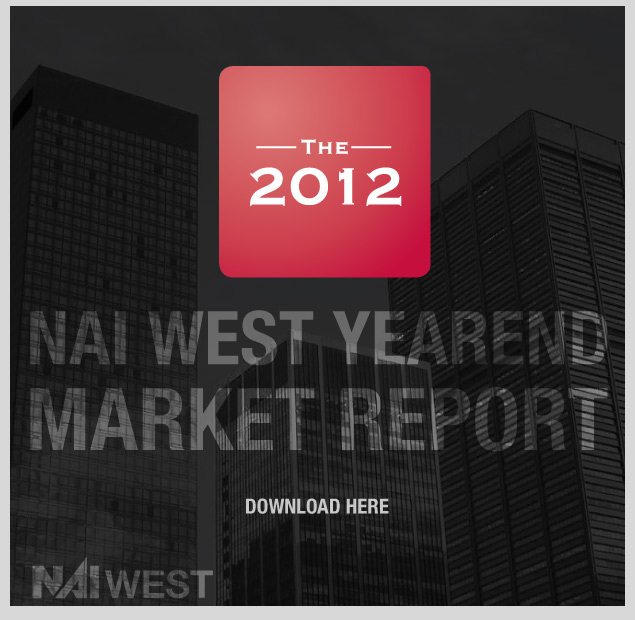
We are pleased to present the 2012 NAI West Year End Market Report. 2012 was a progressive year for the Utah market and forecasts are strong for 2013. As always, I welcome your feedback. Please click the button below for a full copy of the report.
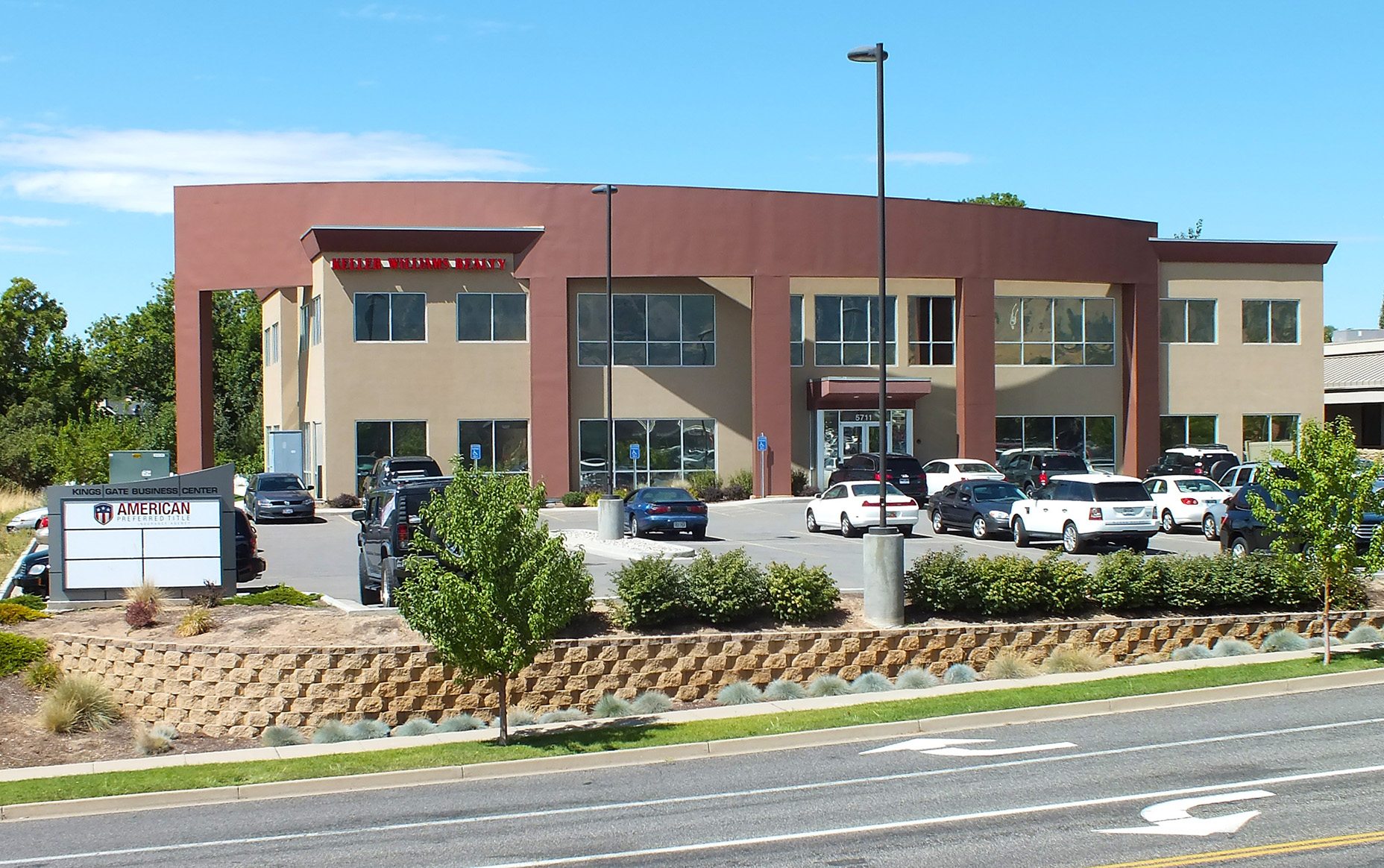
We are pleased to announce the recent sale of the King’s Gate Office building to a local Utah commercial real estate investor. The building is a 21,190-square foot, two-story office property built in 2008. The commercial building was taken back in a foreclosure and we were hired to dispose of the asset. Please feel free to contact us for more information in regards to this real estate sale or other commercial real estate transactions and investments.

Utah Business Magazine published an article today dealing with the outlook for commercial real estate in 2013. The article also addresses the highs and lows of 2012.
The link for the article is below and the full text is in the body of this post following the link: http://dev.utahbusiness.com/articles/view/2013_outlook_positive_for_commercial_real_estate
Overall, Utah’s commercial real estate market had a positive 2012. Throughout the year markets statewide fluctuated with the economy and presented significant opportunities for owners, investors and users of commercial real estate. The positive momentum experienced throughout 2012 has made commercial property owners and brokers excited and optimistic for 2013.
A prevailing sentiment throughout the market is that owners and users of property feel more secure and less hesitant to make real estate moves. Continued low interest rates have made new construction or purchases more feasible for owners and investors, while lease rates remain reasonable for tenants.
Some of the common trends throughout the industry are:
Looking forward to 2013, office real estate users, owners, and agents are excited and optimistic. “We are seeing activity in areas that have been slow for the last four or five years, such as Davis and Weber Counties,” said Chris Falk, vice president – Northern Region for NAI WEST Commercial Real Estate. “South Davis County will have nearly 220,000 square feet of new office space come online in 2013. Seventy percent of which will be spec space.” Commercial real estate agents in the area are eager to see large users of space (20,000 square feet or more) enter the area.
All of this new development should impact vacancy rates, which have not changed significantly over the last year. According to Falk, office condos will be an area that will experience growth in 2013, “The significant amount of available space coming on line, combined with record low SBA loan rates, should help the office condo market flourish this year.”
Falk stated that the biggest potential hurdle for the office market would be a negative perception of the general economic and business environment. Tentative business owners putting strategic moves on hold could prolong and slow the ongoing recovery. “Waiting could be more negative than anything at this point. With low interest rates and other economic incentives, this is the ideal time to make real estate acquisitions,” said Falk.
The retail real estate market has had a very positive 2012. Vacancy rates dropped this year, and landlords have been able to experience a little relief as lease rates have increased slightly. The trend is that the local and national economies continue to progressively improve.
According to Andy Moffitt, retail specialist with Mountain West Retail/Investment, 2013 should be incrementally better than 2012. “This has been one of the best years ever for retail brokers. Much of this has come due to low CAP rates and low interest rates on financing. We expect to see this continue into 2013. We don’t expect it to be a blowout year, but we are looking forward to continued improvement.”
Areas of growth in the coming year are expected to be in the fast casual restaurant market, as these continue to increase in popularity and chains seek to open more locations. Mid-box retailers are also seeking to reposition into higher quality properties. Additionally, investment opportunities are plentiful as sales prices and interest rates remain low.
However, Moffitt also explained that big-box retailers may be looking to reduce store sizes over the coming year. Opportunities to shrink by 5,000 square feet can lead to significant savings for retailers. Additionally, there are no significant construction projects on the horizon. “With the completion of City Creek, Station Park in Farmington was the other marquee construction project in 2012,” said Moffitt. “Grocers and shopping center owners have nothing planned for the coming months.”
Local industrial data indicates modest upward projections of lease rates, number of leases and total square feet leased. The market is seeing less and less one-year lease renewals and more 3-5 year deals; a sign that many tenants are finally in a position to step up and take advantage of the diminishing low-lease rate opportunities. The decrease in square feet sold and number of sales should begin to flatten out while average sale prices of class A and B product will continue to increase.
Investment and multi-family indicators show a very positive outlook for 2013. In 2012, investment property sales increased well beyond expectations as demand for class A assets fueled the acquisition of numerous properties, especially retail and apartment properties. Both owners and sellers will have significant opportunities as vacancy levels decrease and lease rates remain low.
Commercial real estate professionals maintain that the investment market will continue to see growth as market fundamentals improve. “There seems to be less insecurity in the market,” said Rick Davidson, NAI WEST executive real estate agent. “Institutional investors have realized that class A real estate is the best hedge against the uncertainty of these political and economic times.”
Overall, Utah continues to have one of the healthiest commercial real estate markets in the country. 2012 proved to be a very positive year and 2013 looks to continue that trend. Across all market segments, outlooks remain positive and agents and owners alike are optimistic for the next twelve months.
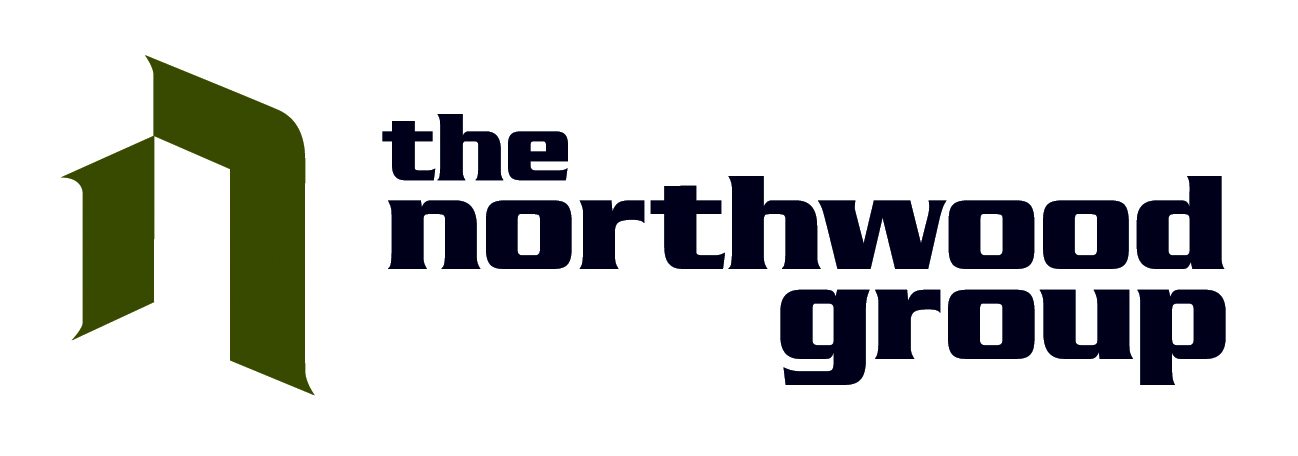
Following a link for the commercial real estate Capital Market Review for December 17, 2012:
Capital Market Review 12-17-12
In terms of interest since our last post there has been a slight decline in rates with office rates dropping below 5%. December has been the busiest month for CMBS issuance in 5 years which is a good sign for the capital markets.
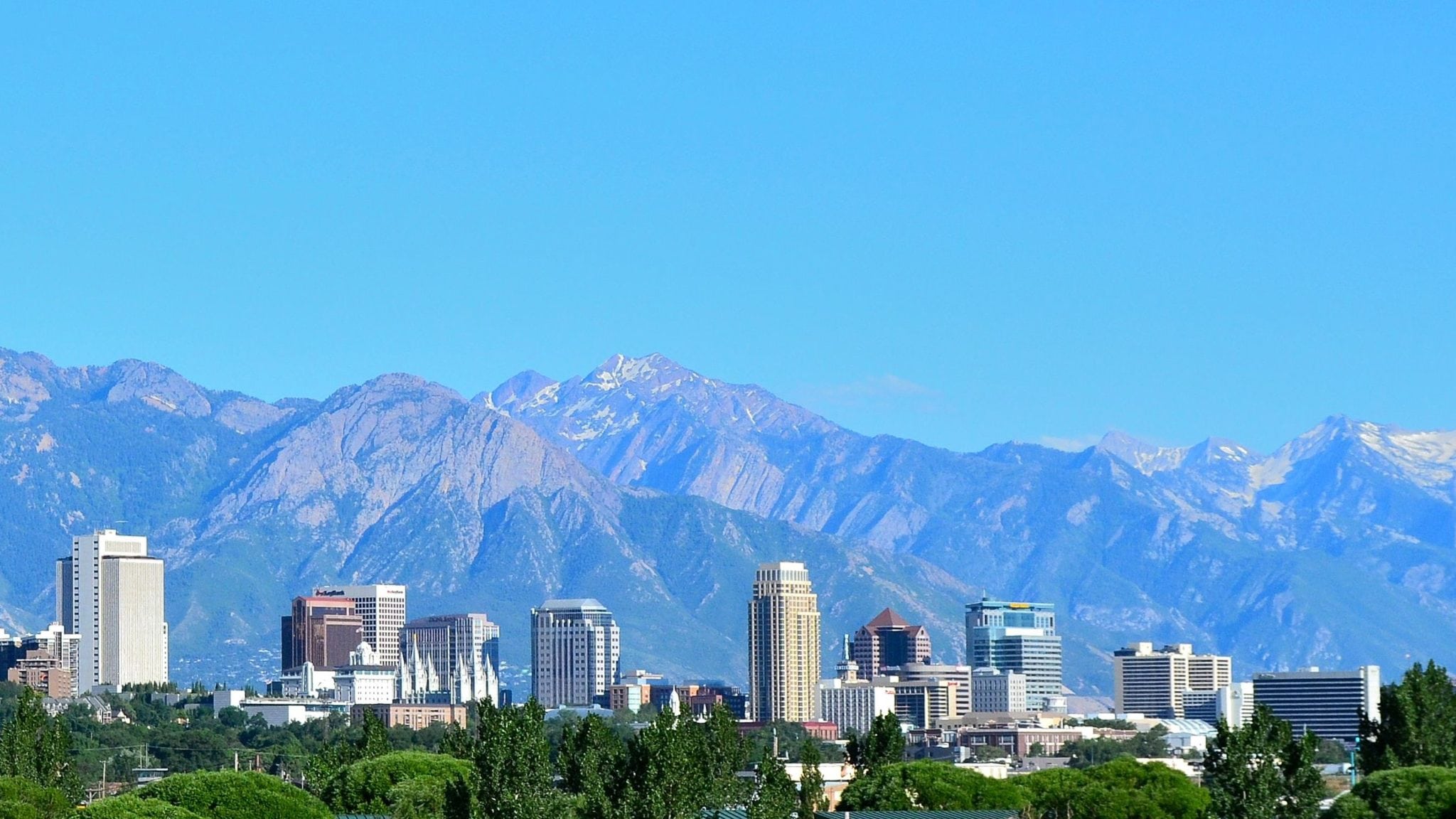
I am often asked how the Salt Lake City commercial real estate market compares to the surrounding commercial real estate markets. The following link contains an outline of how Salt Lake’s industrial, office and retail markets compare to Phoenix, Denver, Las Vegas, Reno and Boise. In all areas, our local commercial real estate market has one of the lowest vacancy rates and some of the lowest lease rates of all major Mountain West markets.
Please feel free to contact me for additional information related to this topic, or with other commercial real estate and investment property questions.

Pollina Corporate Real Estate, Inc. recently released its rankings for the top ten pro-business states in the country. After three years in second place, Utah is the first state west of the Mississippi to earn the top designation. This is a significant achievement affecting commercial real estate in Utah.
The rankings are based on a number of factors including taxes, human resources, energy costs, financial incentives and evaluations of state economic development programs. Brent Pollina, vice president of Pollina Corporate Real Estate and co-author of the study is quoted as saying, “Utah is a great example of what enlightened and motivated political leadership can accomplish with a solid plan.”
The strength of the Utah economy plays a significant role in the long-term value of commercial real estate investment in the state. Utah state unemployment rates recently dropped to 5.2% as the rest of the country inched back up to 7.9%. This resilience fuels the demand for office and industrial occupancy. The strong local economy continues to have strong residential growth as well, which fuels the retail demand. The Pollina Corporate Top 10 Pro-Business States study reinforces what we already know to be true: commercial real estate investments in Utah are more stable than most other commercial real estate markets in the country.
You can see the full article at http://www.pollina.com/top10probusiness.html.
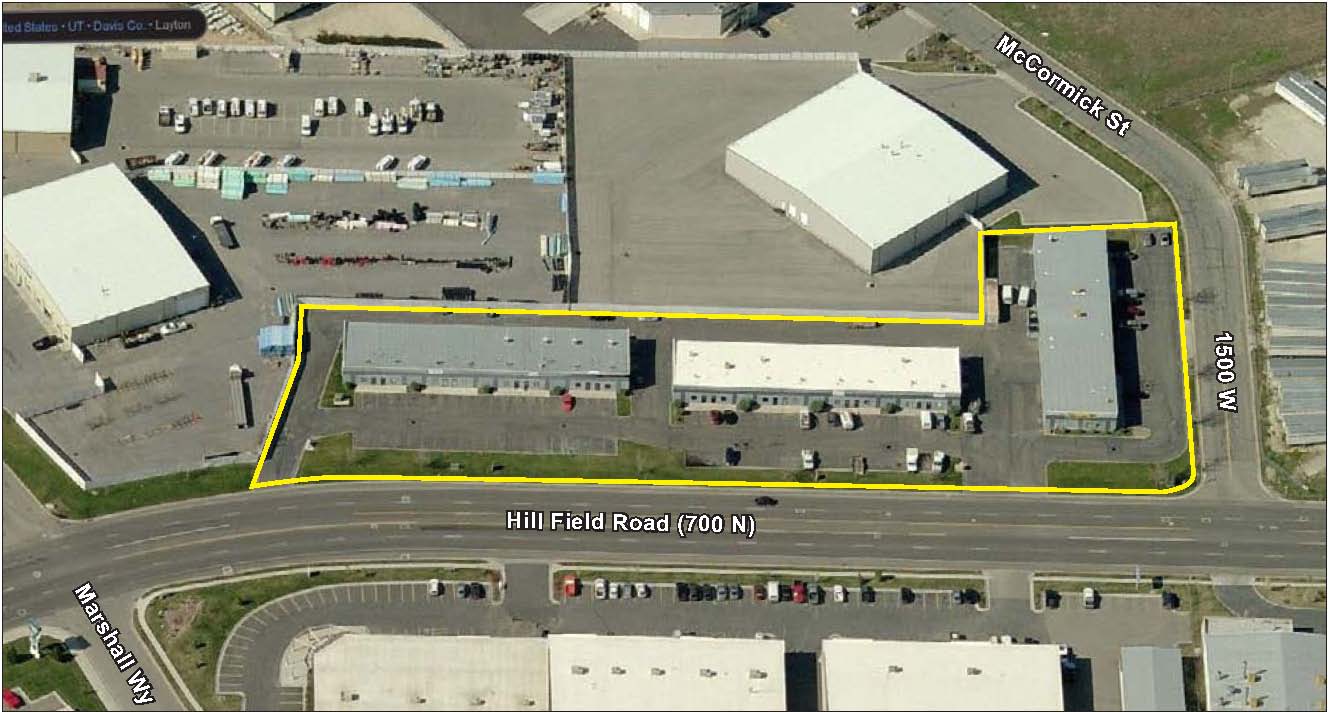
We recently represented the seller in the disposition of the commercial real estate investment known as the LWH Business Park in Layton, Utah. The LWH Business Park is a 30,000 SF industrial flex park in a high traffic, high visible location on Hill Field Road on the west side of Layton. Many of the Tenants occupy here because of the visibility. The park has had historically high occupancy and has been a stable cash flow investment for the current owners. Incubator industrial properties have been a popular commercial real estate product type with investors over the past couple of years. They have shown good resilience during the economic downturn and due to the short-term nature of the leases, they are viewed as a strong inflationary hedge. Please contact me for additional details related to this sale.